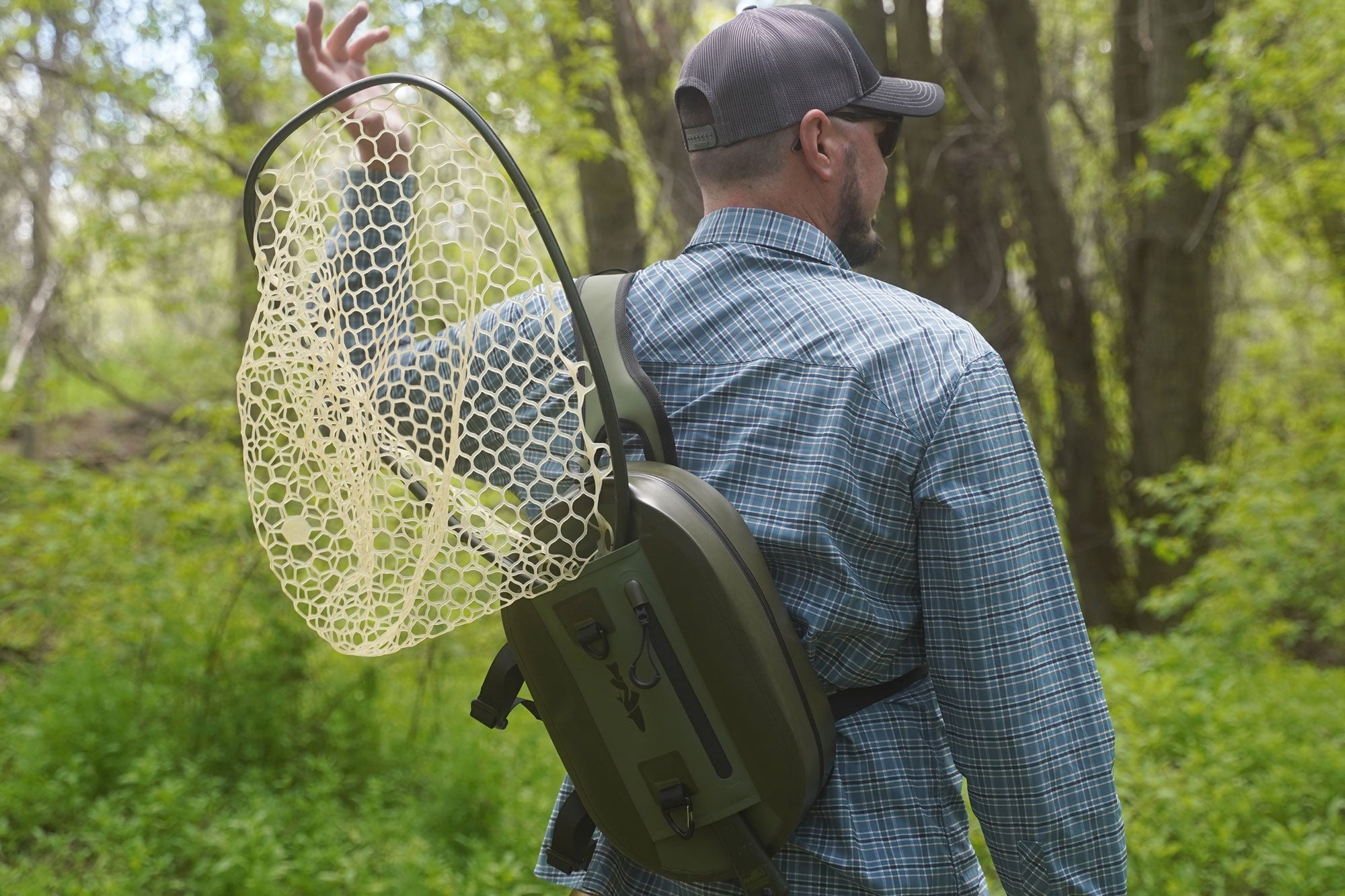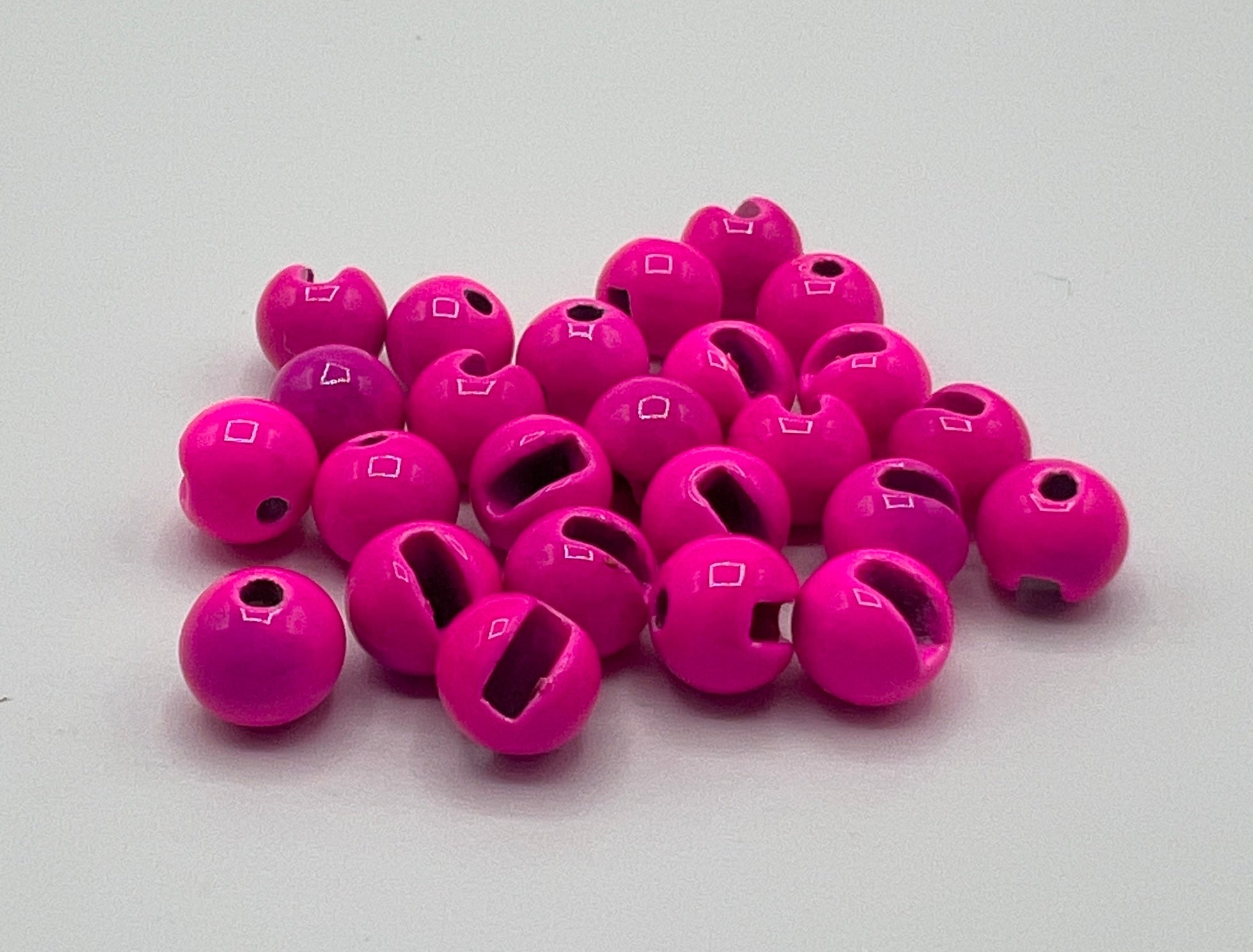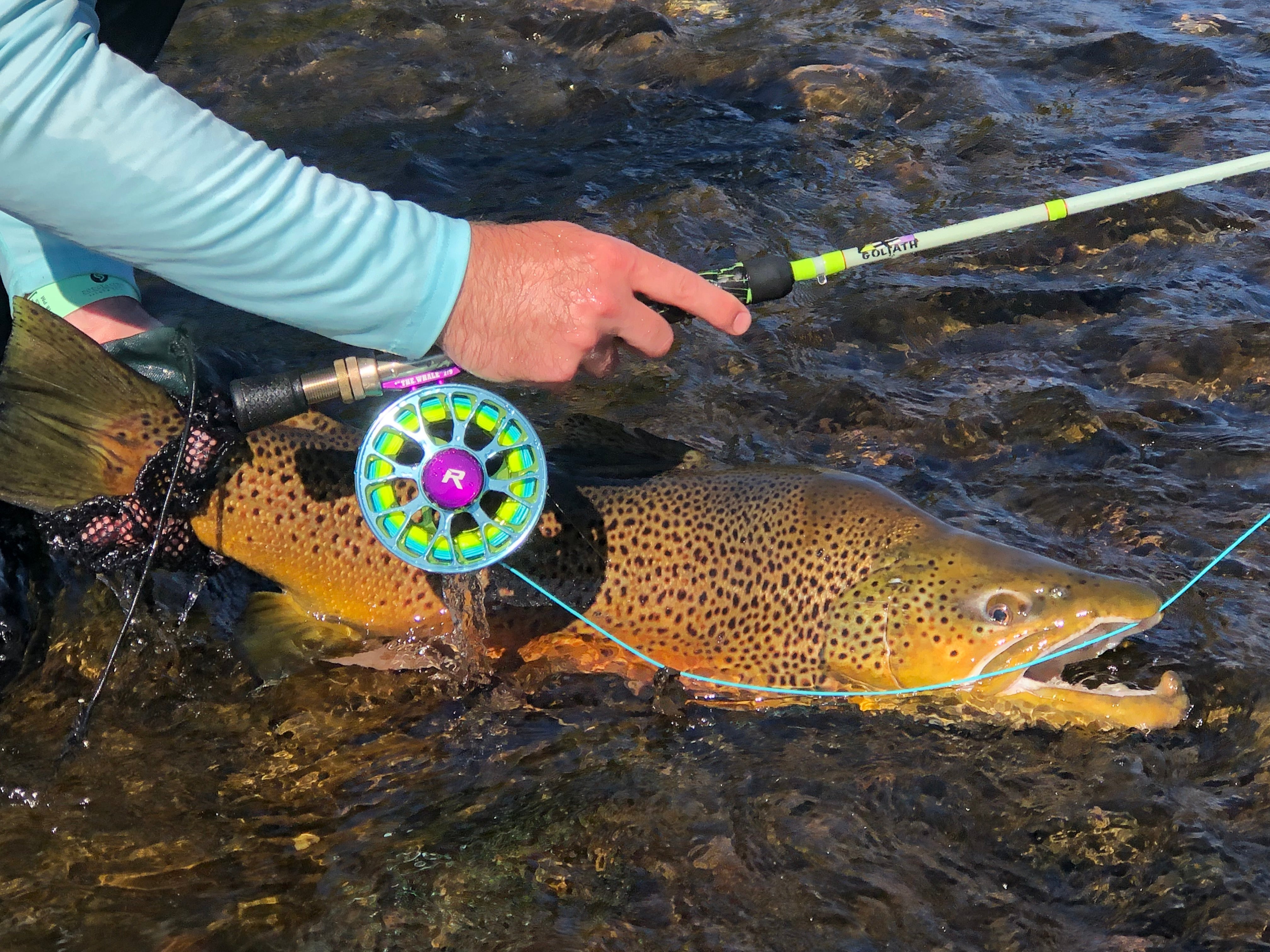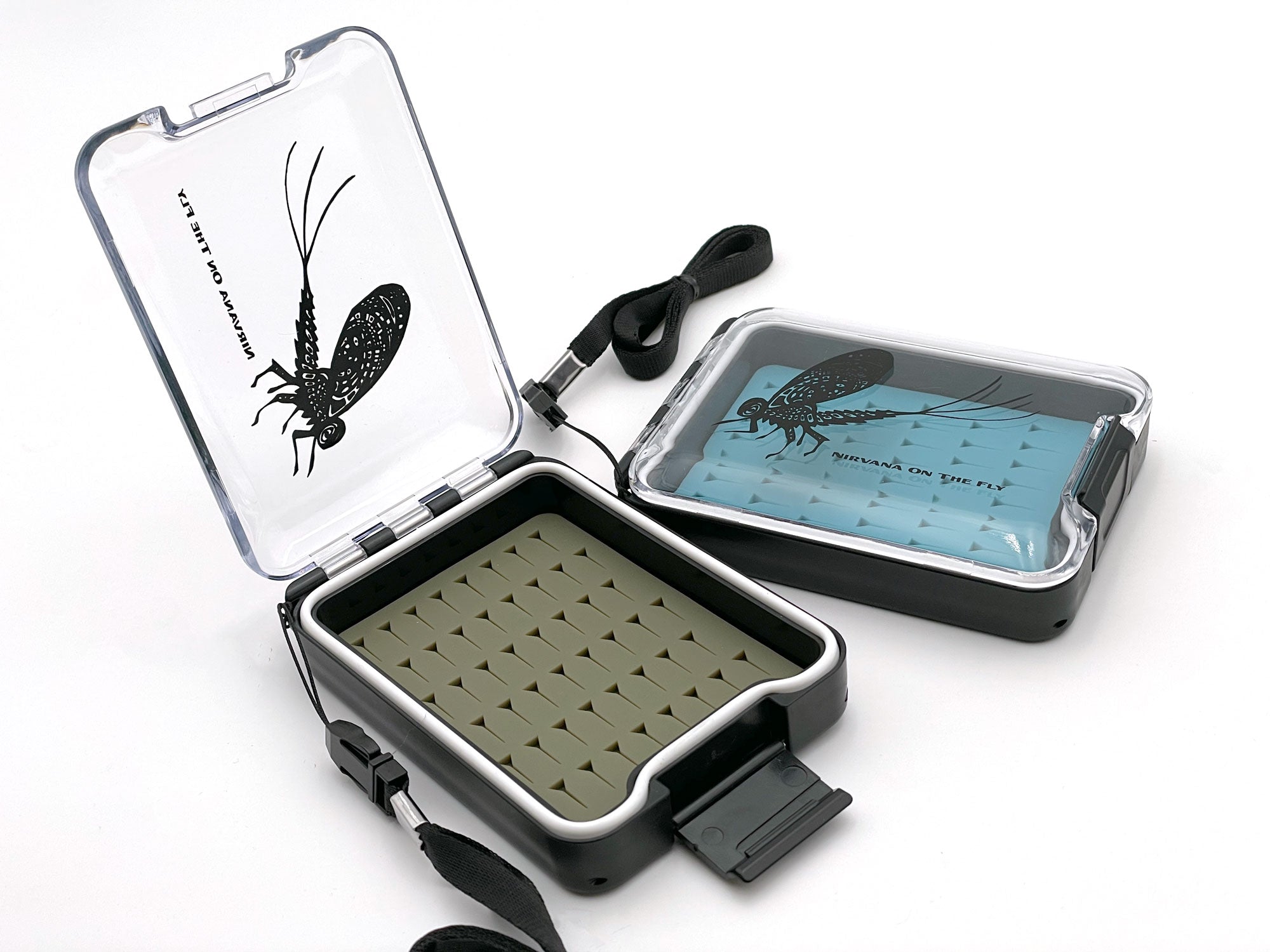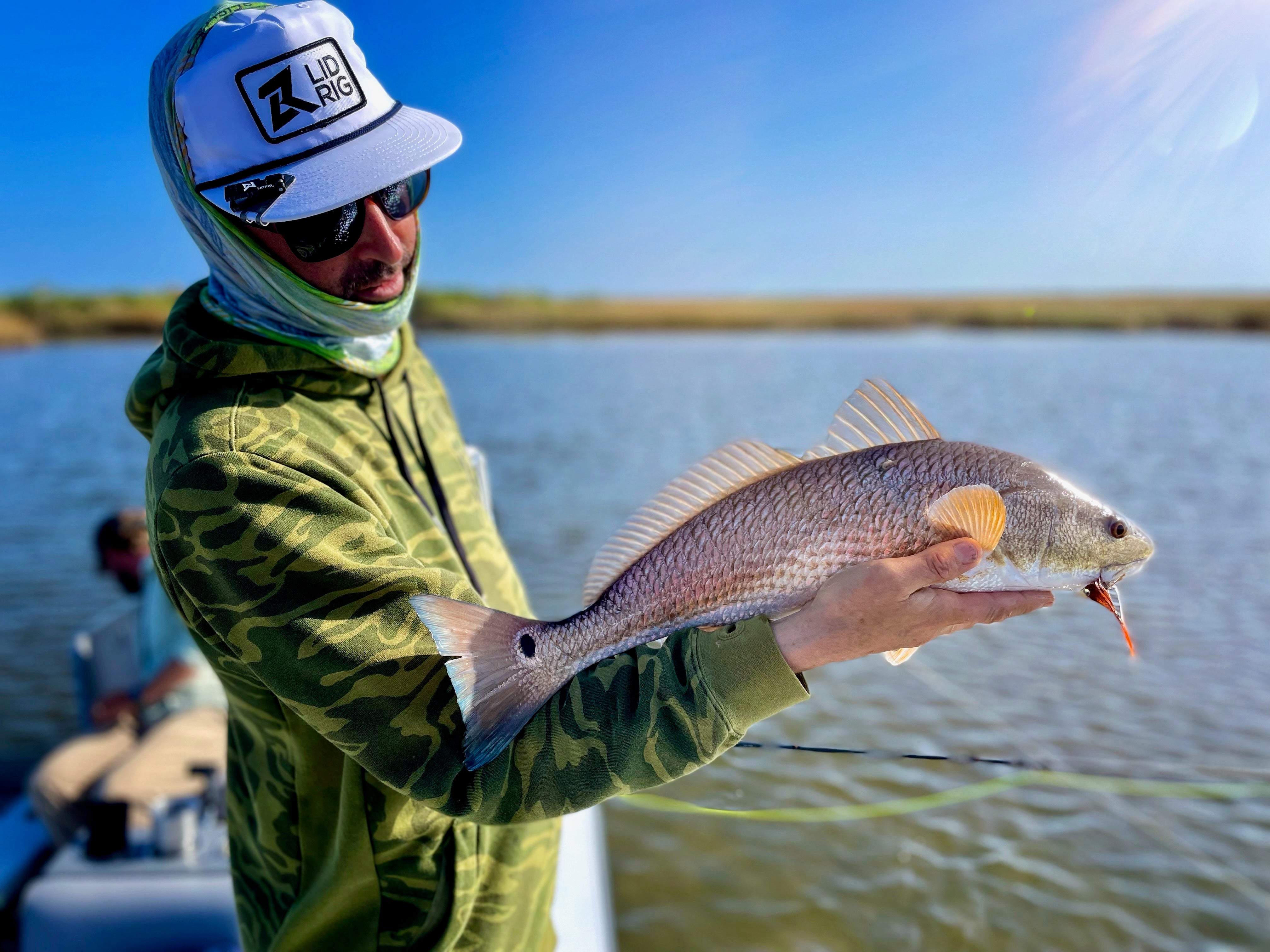Discover the unique aspects of Sheepshead, a species known as the Permit of the South by anglers for its distinctive and challenging catch. Like I’ve done with other species, Ill dive into the history, science, and allure of Sheepshead, offering insights for both seasoned and novice anglers.
History of the Sheepshead
The Sheepshead fish, known for its unique human-like teeth, has been a subject of interest since the colonial era in North America. Although specific historical records from the 1600s to the 1700s are limited, it's likely that European settlers noted the Sheepshead during their exploration and cataloging of New World fauna.
In the 19th century, as the study of ichthyology (the study of fish) advanced, the Sheepshead was formally classified and studied in more detail. This period marked significant progress in understanding the species’ anatomy, behavior, and habitat, although the precise details of its initial scientific classification are not widely known.
By the early to mid-20th century, the Sheepshead had gained substantial popularity among recreational anglers, particularly along the Atlantic coast and Gulf Coast regions. Its reputation as a challenging catch and its desirable taste contributed to its popularity in angling circles, with increased mentions in fishing guides and publications.
From the late 20th century onwards, a growing awareness of environmental conservation led to more focused studies on the ecological role of Sheepshead. Modern research has delved into their diet, their impact on marine ecosystems, and their role in maintaining healthy coastal environments. These insights have guided current conservation efforts and sustainable fishing practices, ensuring the species’ viability for future generations.
Now the species is known for its wariness, almost impenetrable jaw that is filled with human teeth, and witty escapes. As mentioned above they have been dubbed the Permit the South and are a priced catch for fly fishing anglers. Sighting, casting and hooking one can be a long endeavor and great practice for the aforementioned Permit.
View this post on Instagram
Evolution of Sheepshead
Ancestral Origins: The Sheepshead's evolutionary journey has been shaped by its need to feed on hard-shelled organisms, resulting in its unique teeth structure. If you haven’t seen the mouth of a Sheepshead and want a comparison, grab a mirror. The jaw is full of human-like teeth and getting a good hook set can be brutally hard to do.
Morphological Transformations: Adaptations like strong, molar-like teeth and a robust body enable it to crush shells. Its coloration, with vertical black bars, provides excellent camouflage among oyster beds and structures. The scales have that pearlescent shimmer to them and also can assist with camouflage in the commonly murky waters.
Anatomy and Physiology
Unique Dental Structure: Sheepshead's teeth resemble human teeth, adapted for crushing shells. It is common to see them foraging the substrates to uncover and crush the shells. This can be an opportune time for a drag and drop technique with your weighted fly.
View this post on Instagram
Body Design: They have a compressed, robust body suitable for their benthic and structure-oriented lifestyle. The float bladder and shape alow them to orient themselves perfectly for the bottom eating style and leverage their strong jaws.
Unique Behavioral Traits and Habitats
Feeding Habits: Sheepshead feed on crustaceans, mollusks, and small fish, often found scraping barnacles off structures. It is common to find them on sharp drops with shelves that hold crustacions, shells, etc.
Migration: They migrate between inshore and offshore waters seasonally, primarily for spawning.
Preferred Habitats: Commonly found around piers, jetties, and reefs, they thrive in areas with abundant hard-shelled prey. Anything that is man made tends to draw in these food sources so look around oil rigs, old crab cages, etc.
Identification Guide and Ecological Impact
Physical Characteristics: Notable for their black stripes and human-like teeth. They typically grow up to 30 inches and weigh around 10 pounds.
Role in Ecosystems: Sheepshead play a vital role in controlling populations of shellfish and other invertebrates.
Conservation and Sustainability
While not currently endangered, maintaining sustainable fishing practices is essential for Sheepshead populations. Although they are known for their great taste it is like all saltwater species in my opinion. Feeding for sustenance and only taking what you need is advised. While doing so leave behind the larger specimens and take something of a smaller size.
Here is an amazing article outlining new findings around Sheepshead that can lead us away from mistakes we may have made in the past. Here
Preparing for a Sheepshead Fly Fishing Trip
-
Top Destinations: Excellent spots include the Gulf Coast of the United States, especially Florida, Texas, and Louisiana known for abundant Sheepshead populations.
- Best Times for Fishing: Late winter to early spring is ideal, especially during their spawning season when they are more abundant nearshore. They also tend to be more actively feeding to support potential spawning efforts.
- Equipment: A strong rod with a sensitive tip is recommended, as Sheepshead are known for their subtle bites. Often it can be seen and never felt.
- Flies: Crabs, shrimp, and sand fleas are effective patterns to use.
- Techniques: Focus on fishing near structures and be prepared for their subtle bites. I prefer a weighted fly and often use the drag-and-drop method that has become popular with Carp.
View this post on Instagram
Sheepshead fly fishing offers a unique challenge and bringing one into the net is extremely rewarding. That said, there are always questions around different species that we chase and I like to answer several FAQ’s that cover a myriad of topics. Here are 10 frequently asked questions (FAQs) for fly fishing enthusiasts who are targeting Sheepshead:
- What Are the Best Times of Year to Fly Fish for Sheepshead?
- What Type of Fly Rod and Line Should I Use for Sheepshead?
- What Are the Most Effective Fly Patterns for Sheepshead?
- Where Are the Best Places to Find Sheepshead While Fly Fishing?
- How Can I Identify a Good Sheepshead Fishing Spot?
- What Techniques Work Best for Catching Sheepshead on the Fly?
- How Important is Tidal Movement When Fishing for Sheepshead?
- What Are the Biggest Challenges When Fly Fishing for Sheepshead?
- Can I Practice Catch and Release with Sheepshead?
- Are There Any Specific Regulations I Should Be Aware of When Targeting Sheepshead?

By Christian Bacasa
Host of the Fly Fishing Insider Podcast
www.ffipodcast.com
@flyfishinginsiderpodcast
@dupeafish


